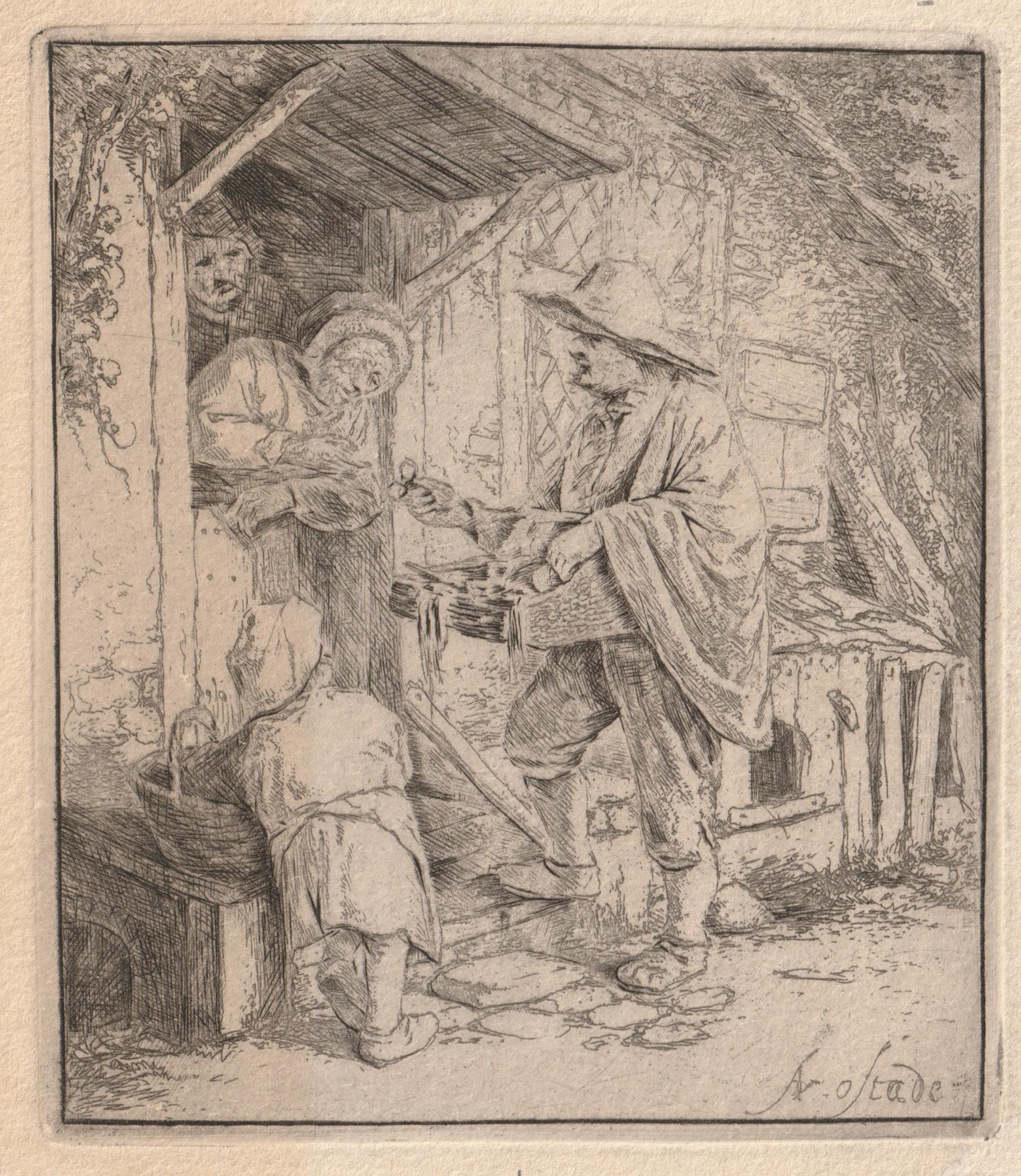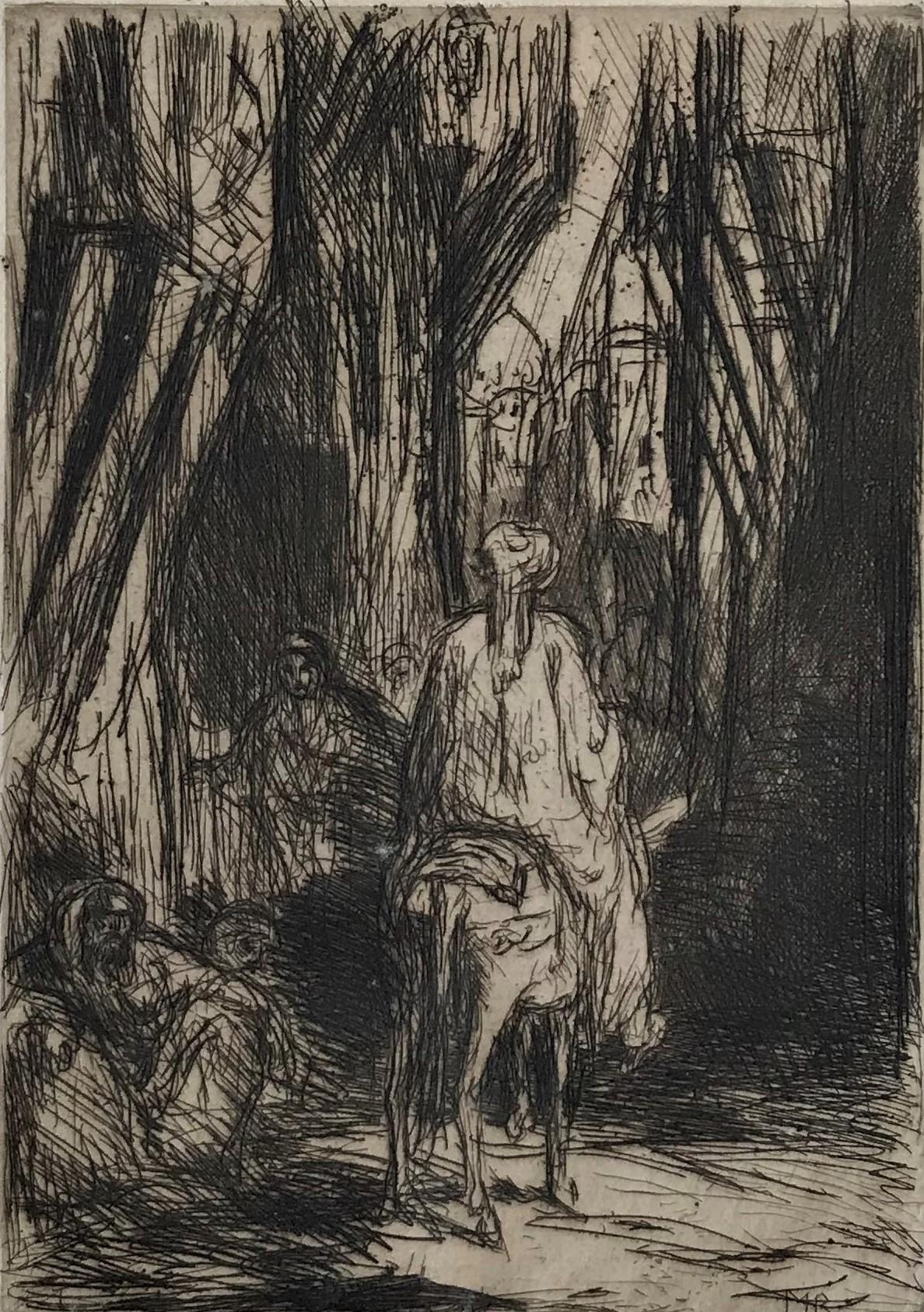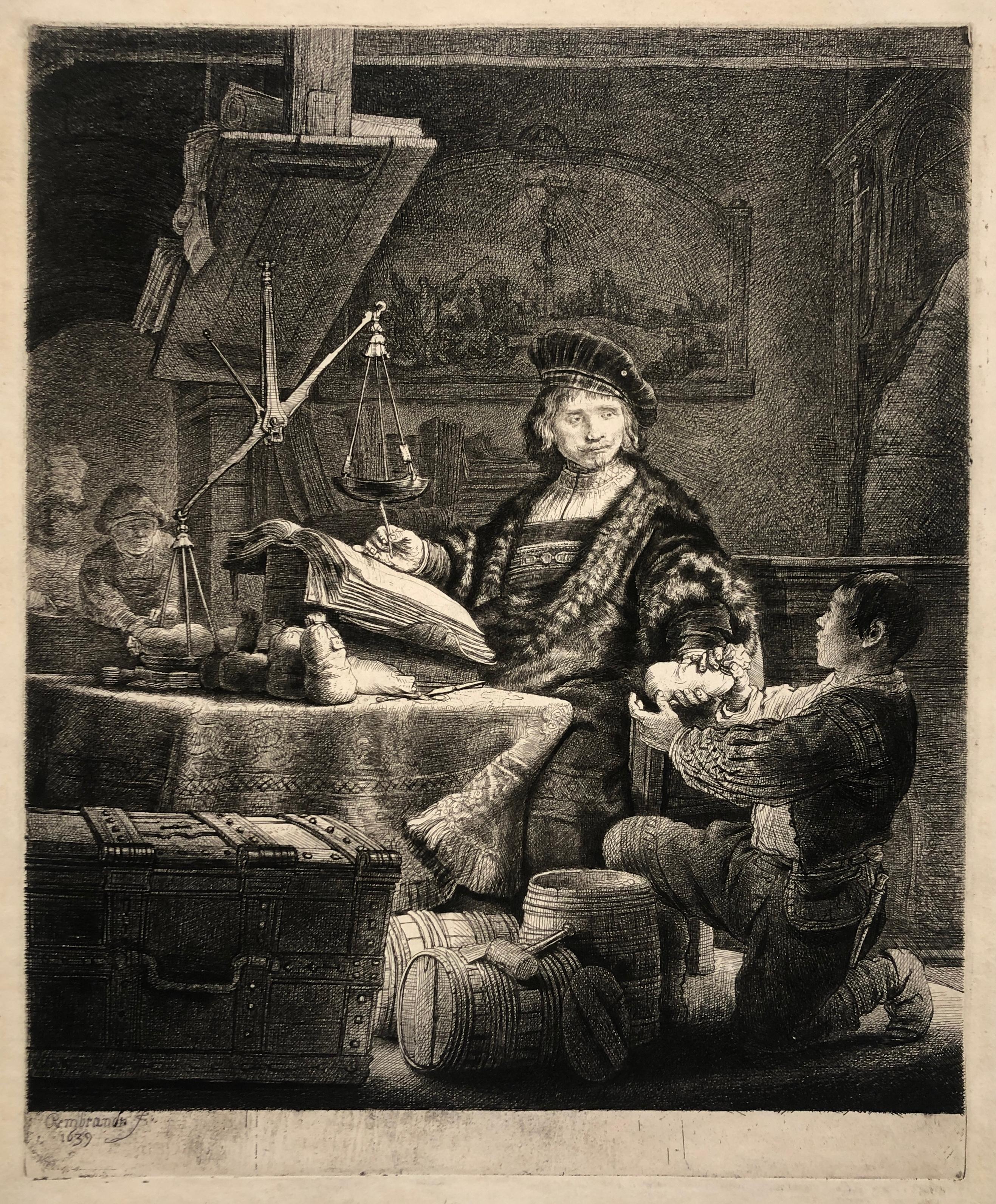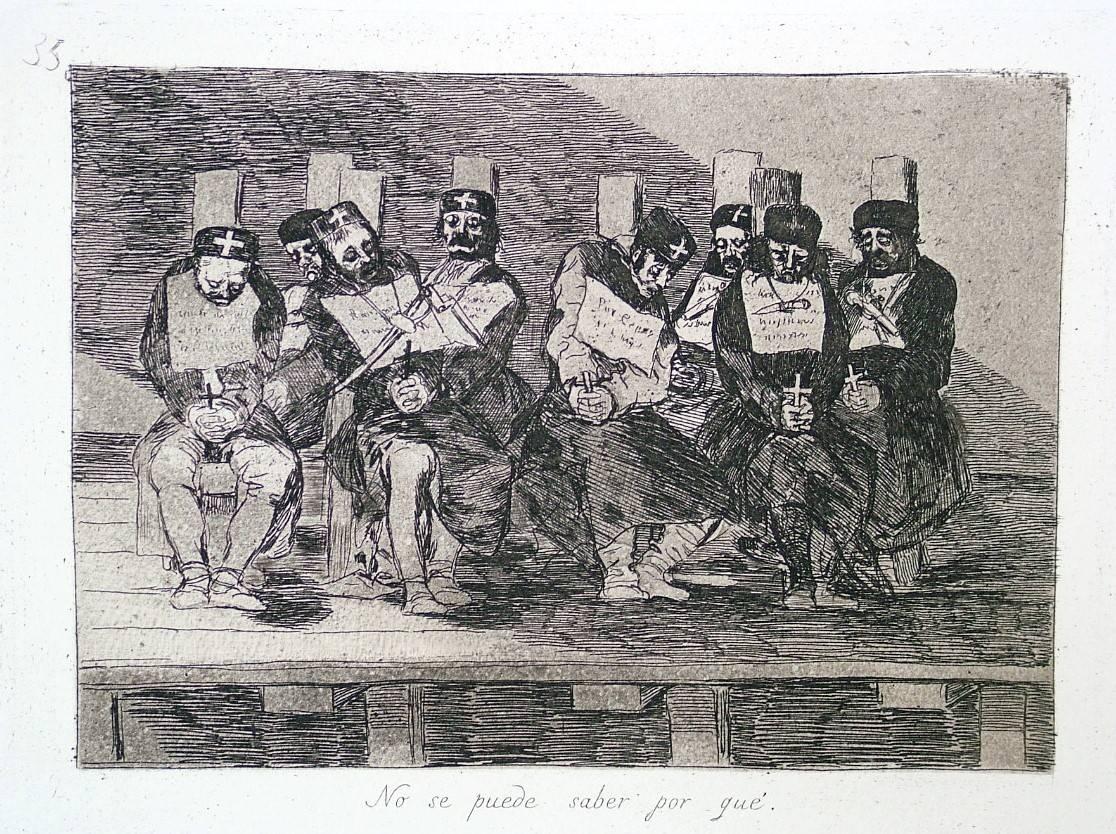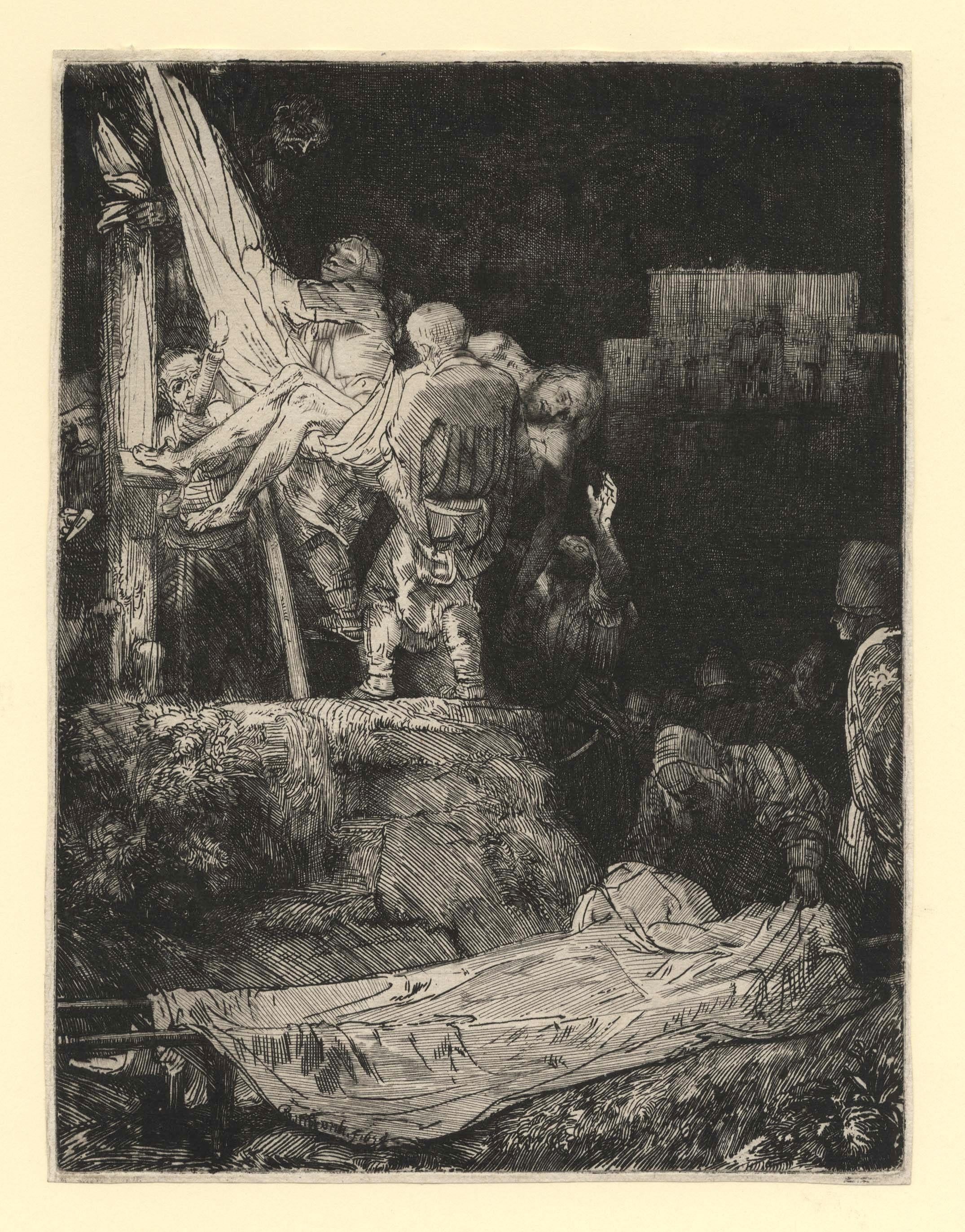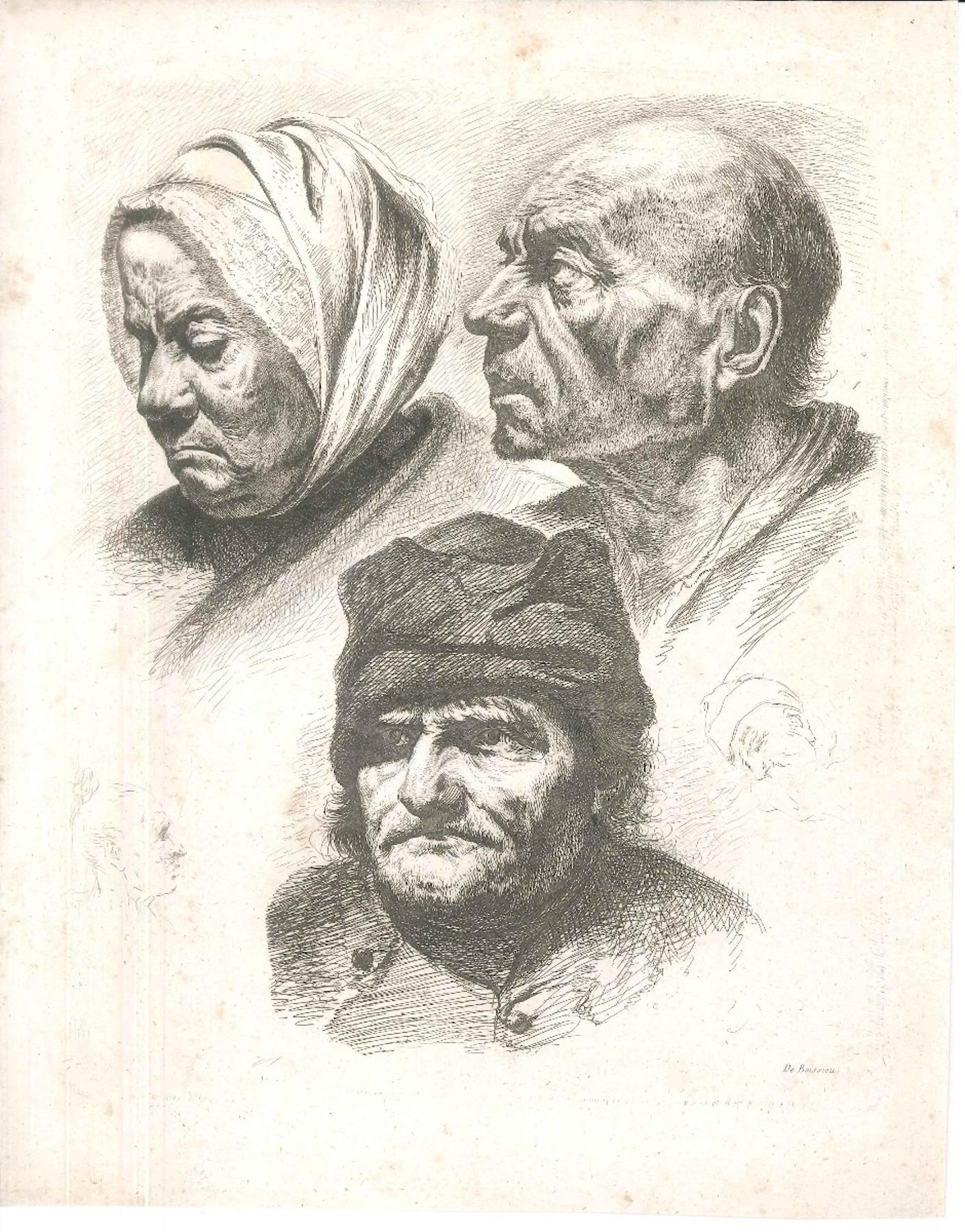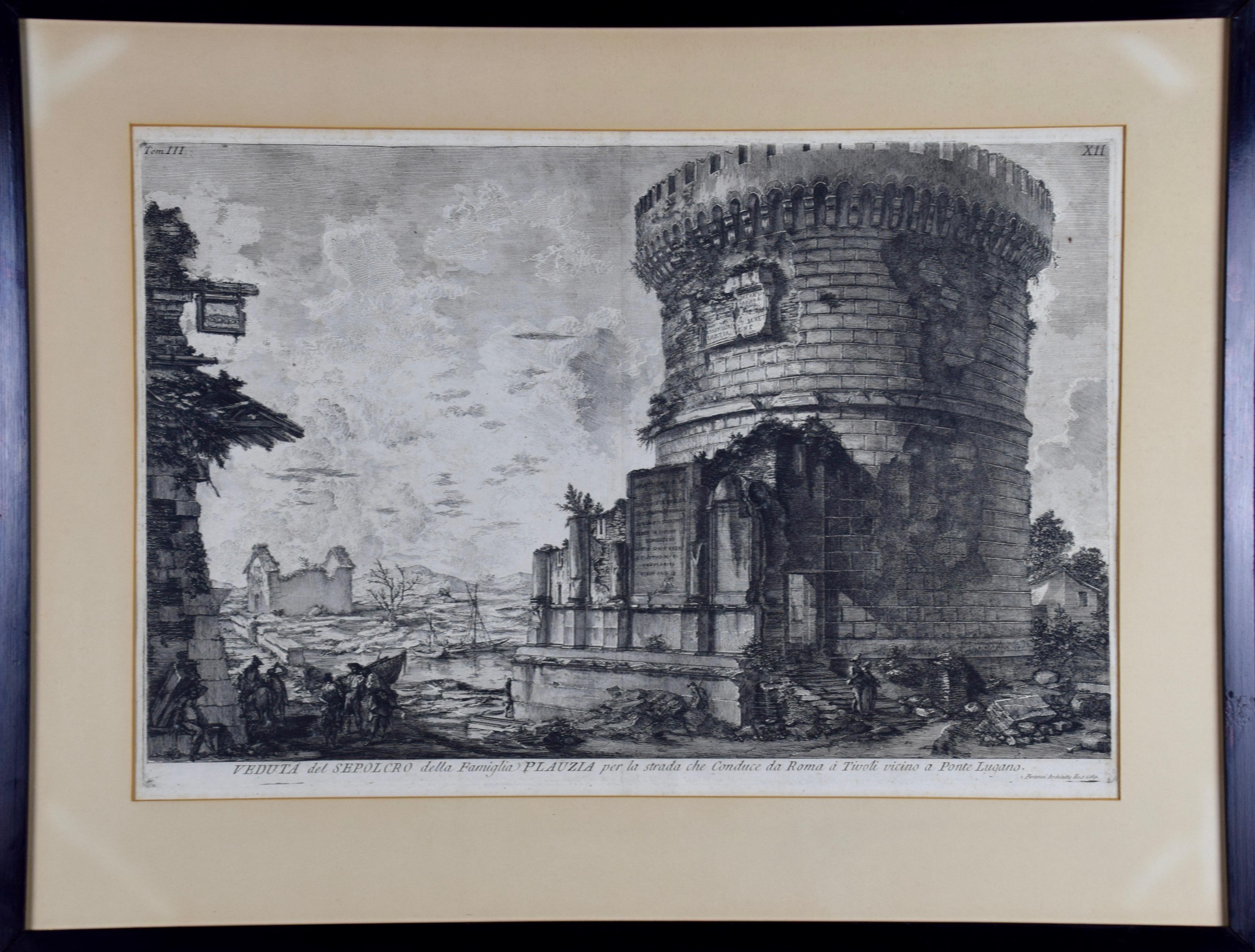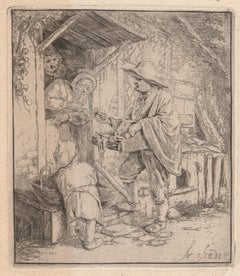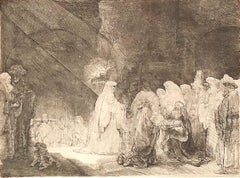
“The Presentation in the Temple” (Simeon’s Hymn of Praise)
View Similar Items
Want more images or videos?
Request additional images or videos from the seller
1 of 6
Rembrandt van Rijn“The Presentation in the Temple” (Simeon’s Hymn of Praise)1640, printed later
1640, printed later
About the Item
- Creator:Rembrandt van Rijn (1606 - 1669, Dutch)
- Creation Year:1640, printed later
- Dimensions:Height: 21 in (53.34 cm)Width: 32.5 in (82.55 cm)Depth: 3 in (7.62 cm)
- Medium:
- Movement & Style:
- Period:1640-1649
- Condition:
- Gallery Location:Missouri, MO
- Reference Number:1stDibs: LU74733353913
About the Seller
5.0
Vetted Seller
These experienced sellers undergo a comprehensive evaluation by our team of in-house experts.
Established in 1970
1stDibs seller since 2017
141 sales on 1stDibs
Typical response time: 21 hours
More From This SellerView All
- "Mlle Landsberg" (grade planche, pl. 16)By Henri MatisseLocated in Missouri, MO"Mlle Landsberg" (grade planche, pl. 16), 1914 Henri Matisse (French, 1869-1954) Signed and Numbered Lower Right Edition 12/15 Image size: 7 7/8 x 4 5/16 inches Sheet size: 17 11/16 x 12 1/2 inches With frame: 19 1/2 x 14 1/2 inches Henri Matisse came from a family who were of Flemish origin and lived near the Belgian border. At eight o'clock on the evening of December 31, 1869, he was born in his grandparents' home in the town of Le Cateau in the cheerless far north of France. His father was a self-made seed merchant who was a mixture of determination and tightly coiled tension. Henri had no clear idea of what he wanted to do with his life. He was a twenty-year-old law clerk convalescing from appendicitis when he first began to paint, using a box of colors given to him by his mother. Little more than a year later, in 1890, he had abandoned law and was studying art in Paris. The classes consisted of drawing from plaster casts and nude models and of copying paintings in the Louvre. He soon rebelled against the school's conservative atmosphere; he replaced the dark tones of his earliest works with brighter colors that reflected his awareness of Impressionism. Matisse was also a violinist; he took an odd pride in the notion that if his painting eye failed, he could support his family by fiddling on the streets of Paris. Henri found a girlfriend while studying art, and he fathered a daughter, Marguerite, by her in 1894. In 1898 he married another woman, Amelie Parayre. She adopted the beloved Marguerite; they eventually had two sons, Jean, a sculptor and Pierre who became an eminent art dealer. Relations between Matisse and his wife were often strained. He often dallied with other women, and they finally separated in 1939 over a model who had been hired as a companion for Mme. Matisse. She was Madame Lydia, and after Mme. Matisse left, she remained with Matisse until he died. Matisse spent the summer of 1905 working with Andre Derain in the small Mediterranean seaport of Collioure. They began using bright and dissonant colors. When they and their colleagues exhibited together, they caused a sensation. The critics and the public considered their paintings to be so crude and so roughly crafted that the group became known as Les Fauves (the wild beasts). By 1907, Matisse moved on from the concerns of Fauvism and turned his attention to studies of the human figure. He had begun to sculpt a few years earlier. In 1910, when he saw an exhibition of Islamic art, he was fascinated with the multiple patterned areas and adapted the decorative universe of the miniatures to his interiors. As a continuation of his interest in the "exotic", Matisse made extended trips to Morocco in 1912 and 1913. At the end of 1917, Matisse moved to Nice; he would spend part of each year there for the remainder of his life. A meticulous dandy, he wore a light tweed jacket amd a tie when he painted. He never used a palette, but instead squeezed his colors on to plain white kitchen dishes...Category
1910s Fauvist Figurative Prints
MaterialsEtching, Drypoint
Price Upon Request - In the BoudoirBy William AblettLocated in Missouri, MOAquating Engraving Image Size: Approx 19 x 15.5 Framed Size: Approx. 28.5 x 24.5 William Albert Ablett (1877 - 1937) Although born to English parents, William Ablett lived in Par...Category
Early 20th Century Art Deco Figurative Prints
MaterialsEngraving, Aquatint
Price Upon Request - Portrait of Margaret van EyckBy Samuel Arlent EdwardsLocated in Missouri, MOA mezzotint by Samuel Arlent Edwards after the 1439 oil on wood painting by the Early Netherlandish master Jan van Eyck, titled, Portrait of Margaret van Eyck. The print is signed to the lower right margin. The image depicts the van Eyck’s wife, clothed in a red robe lined in squirrel fur...Category
19th Century Figurative Prints
MaterialsMezzotint
Price Upon Request - BostonBy John William HillLocated in Missouri, MOJohn William Hill (1812-1879) "Boston" 1857 Hand-Colored Engraving Site Size: 29 x 41 inches Framed Size: 39 x 52 inches Born in London, England, John William Hill came to America with his family at age 7. His father, John Hill, was a well-known landscape painter, engraver, and aquatintist. John William had a career of two phases, a city topographer-engraver and then, the leading pre-Rafaelite school painter in this country. Employed by the New York Geological Survey and then by Smith Brothers...Category
1850s Pre-Raphaelite Landscape Prints
MaterialsEngraving, Aquatint
Price Upon Request - The County ElectionBy George Caleb BinghamLocated in Missouri, MOGeorge Caleb Bingham (American, Missouri, 1811-1879) Painted by G. C. Bingham. Engraved by John Sartain, published by Goupil and Co. The County Election, 1854 Hand Colored Engraving 21 1/4 x 30 inches (image) 30 x 37 inches (sheet) 31.5 x 39 inches (framed) The following exhibition review is from The Kansas City Star, September 8, 2013, and refers to an exhibition at the Jackson County Historical Society. By BRIAN BURNES The Kansas City Star Three judges can be found on the second floor of the renovated Jackson County Truman Courthouse in Independence. That wouldn't be unusual, except for the way the judges gaze upon visitors — steady, unmoving and frozen on canvas. Turns out all three judges sat for 19th century Missouri artist George Caleb Bingham. Now their portraits hang on a wall of the new Jackson County Museum of Art, opening Saturday in the recently renovated courthouse, not far from the offices of the county's assessments and collections departments. Many of the 27 Bingham artworks displayed are owned by Ken McClain, Independence lawyer and developer. "Bingham is recognized as a national treasure, but his Jackson County roots are not focused on that frequently," McClain said of the artist, who maintained a studio in his Independence home, later served as a Kansas City police commissioner and is buried in Union Cemetery. "I thought the courthouse would be an appropriate place for a museum dedicated to him." Jackson County Executive Mike Sanders worked with McClain to set aside during courthouse renovations several second-floor rooms that have been transformed into a gallery. Ceiling-mounted pendant lamps that recall the courthouse's 1933 renovation now hang alongside track lighting. Long blinds have been installed in the building's tall window frames to protect the paintings, some of them about 150 years old. "Ken's vision has moved the courthouse renovation from a great project to an incredible one, increasing its value exponentially," Sanders said. "Visitors will come here from all over the country." The Bingham artworks make up the principal holdings of the nonprofit museum, which will be administered by its own board of directors. Other works are on loan from the State Historical Society of Missouri and the Jackson County Historical Society. McClain hopes that future acquisitions, as well as other loaned artworks, can be rotated through the holdings. Bingham began painting about 1830. Although his reputation today may rest on paintings such as The Jolly Flatboatmen...Category
Mid-19th Century American Realist Figurative Prints
MaterialsEngraving
Price Upon Request - Stump SpeakingBy George Caleb BinghamLocated in Missouri, MOGeorge Caleb Bingham (American, Missouri, 1811-1879) Painted by G. C. Bingham. Engraved by Gautier, published by Goupil and Co. Stump Speaking, 1856 Hand Colored Engraving 22 5/16 x 30 inches (image) 32 x 39 inches (framed) The following exhibition review is from The Kansas City Star, September 8, 2013, and refers to an exhibition at the Jackson County Historical Society. By BRIAN BURNES The Kansas City Star Three judges can be found on the second floor of the renovated Jackson County Truman Courthouse in Independence. That wouldn't be unusual, except for the way the judges gaze upon visitors — steady, unmoving and frozen on canvas. Turns out all three judges sat for 19th century Missouri artist George Caleb Bingham. Now their portraits hang on a wall of the new Jackson County Museum of Art, opening Saturday in the recently renovated courthouse, not far from the offices of the county's assessments and collections departments. Many of the 27 Bingham artworks displayed are owned by Ken McClain, Independence lawyer and developer. "Bingham is recognized as a national treasure, but his Jackson County roots are not focused on that frequently," McClain said of the artist, who maintained a studio in his Independence home, later served as a Kansas City police commissioner and is buried in Union Cemetery. "I thought the courthouse would be an appropriate place for a museum dedicated to him." Jackson County Executive Mike Sanders worked with McClain to set aside during courthouse renovations several second-floor rooms that have been transformed into a gallery. Ceiling-mounted pendant lamps that recall the courthouse's 1933 renovation now hang alongside track lighting. Long blinds have been installed in the building's tall window frames to protect the paintings, some of them about 150 years old. "Ken's vision has moved the courthouse renovation from a great project to an incredible one, increasing its value exponentially," Sanders said. "Visitors will come here from all over the country." The Bingham artworks make up the principal holdings of the nonprofit museum, which will be administered by its own board of directors. Other works are on loan from the State Historical Society of Missouri and the Jackson County Historical Society. McClain hopes that future acquisitions, as well as other loaned artworks, can be rotated through the holdings. Bingham began painting about 1830. Although his reputation today may rest on paintings such as The Jolly Flatboatmen...Category
Mid-19th Century American Realist Figurative Prints
MaterialsEngraving
Price Upon Request
You May Also Like
- The Spectacle SellerBy Adriaen Jansz van OstadeLocated in Middletown, NYEtching and drypoint on cream laid paper, 4 x 3 3/8 inches (102 x 86 mm), 1/4 inch margins. Signed in the plate, lower left corner. The 3rd state (of 6), after the rounding of the pl...Category
Mid-17th Century Old Masters Figurative Prints
MaterialsEtching, Laid Paper, Drypoint
- Street in SmyrnaBy Marius BauerLocated in Storrs, CTStreet in Smyrna. 1889. Etching. Wisselingh 34. 7 x 5 1/4 (sheet 12 7/8 x 8 7/8).Edition 100, number 49. A rich, tonal impression printed on Strasbourg cream laid paper on the full s...Category
Late 19th Century Old Masters Figurative Prints
MaterialsDrypoint, Etching
$275 Sale Price38% Off - Breaking up of the Agamemnon, No 1By Sir Francis Seymour Haden, R.A.Located in Storrs, CTEtching and drypoint. Schneiderman 133.v/xi. 7 3/4 x 16 3/8 (sheet 9 1/4 x 17 1/2). A rich impression with plate tone printed in black/brown in on antique cream wove paper. Signed in...Category
Mid-19th Century Old Masters Landscape Prints
MaterialsDrypoint, Etching
- Jan Uytenbogaert, The GoldweigherBy Rembrandt van RijnLocated in Boston, MABartsch 281, Hind 167 iii/III, Nowell-Usticke 281, iii/III. A fine impression, with burr, as retouched by Baillie in 1792. With an unidentified collectors stamp, verso.Category
17th Century Old Masters Figurative Prints
MaterialsDrypoint, Etching
Price Upon Request - One Can't Tell Why - Proof from the Disasters of WarBy Francisco GoyaLocated in New York, NYFrancisco José de Goya y Lucientes (1746 Fuendetodos – Bordeaux 1828), No se puede saber por qué – One can’t tell why ca. 1808–1814, etching, burnished aquatint, drypoint, an...Category
1810s Old Masters Figurative Prints
MaterialsDrypoint, Etching, Aquatint
- Disparate Pobre (Two Heads are Better Than One) – Trial ProofBy Francisco GoyaLocated in New York, NYFrancisco de Goya y Lucientes (1746-1828), Disparate Pobre (Two Heads are Better Than One) – Trial Proof, with burnished aquatint, drypoint and engraving, c. 1812; plate 11 from Los...Category
1810s Old Masters Figurative Prints
MaterialsEngraving, Drypoint, Etching, Aquatint
Recently Viewed
View AllMore Ways To Browse
Rembrandt Etchings And Prints
Temple Engraving
Antique Ho
Rembrandt Van Rijn Etching
Bed Sheets
Large Woodblock
St Jacques
Anatomy Lithograph
1993 Poster
Letter V
1905 Nudes
Pop Art Mickey Mouse
Etchings New England
Georges Braque Original Prints
Exhibition Posters 1968
Large Matisse Prints
Retro Circus Print
Picasso Paintings For Sale
